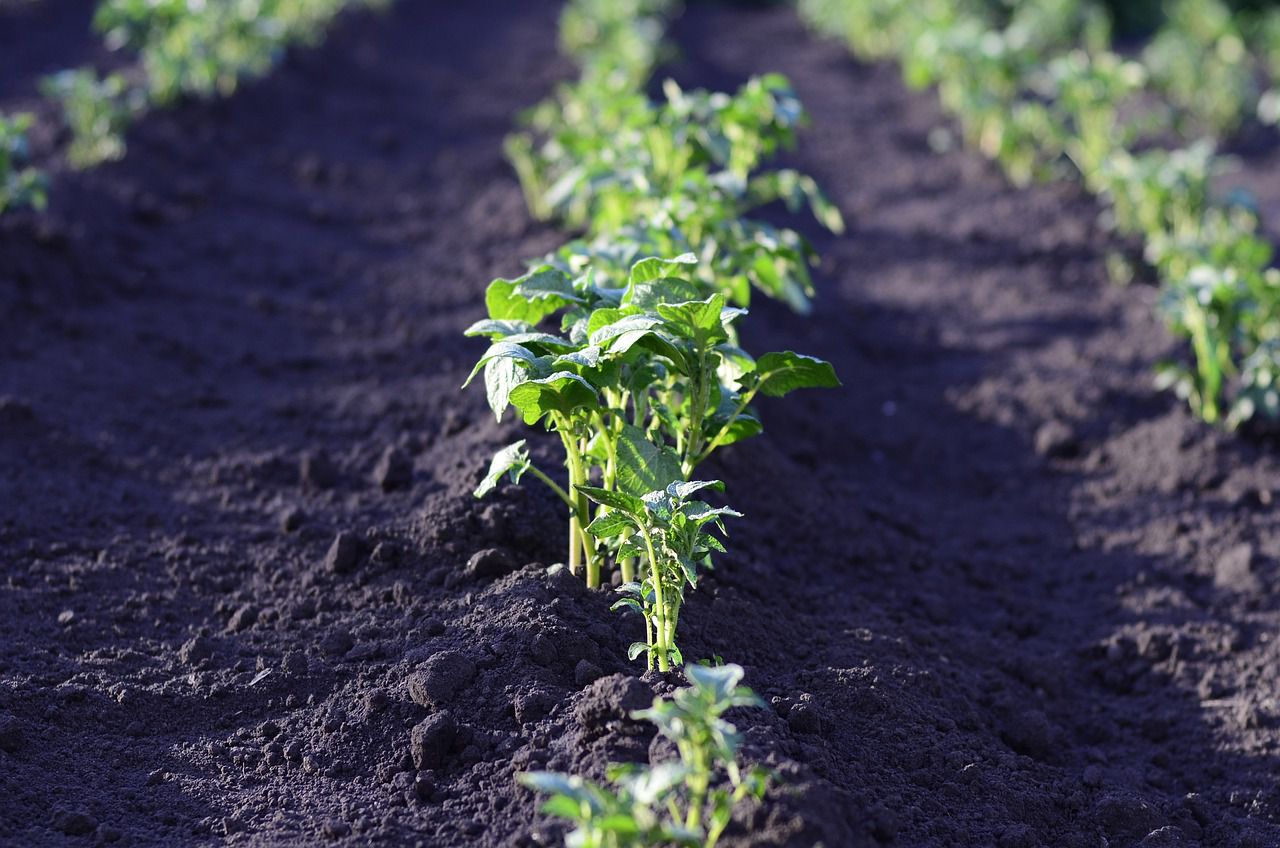Why potatoes grow too small: Popular gardening mistakes
People love potatoes because of how versatile and nutritious they are, and it's also cheap to grow in by yourself.
At the same time, if you don't know how to grow it properly, your potatoes can be tiny.
Here are some of the popular mistakes.
Insufficient soil nutrients
If the soil lacks essential nutrients like nitrogen, phosphorus, or potassium, it can hinder the growth of the potato plants and result in smaller tubers.
Improper watering
Insufficient moisture in the soil can restrict the uptake of water and nutrients by the plants, leading to stunted growth and smaller potatoes.

Overcrowding
Planting potatoes too close together can restrict their access to sunlight, nutrients, and space for root development.
Poor seed quality
If the seed potatoes used for planting are of inferior quality or have been damaged, it can impact the growth of the potato plants.
Pests and diseases
Infestations by pests like aphids, nematodes, or diseases such as blight can damage potato plants and reduce their ability to produce healthy tubers.
Environmental factors
Adverse weather conditions like extreme heat, drought, or frost can negatively impact potato growth.
These conditions can stress the plants and impede tuber development, resulting in smaller potatoes.
Variety characteristics
Some potato varieties naturally produce smaller-sized tubers.
It is essential to choose appropriate varieties based on the desired potato size.


